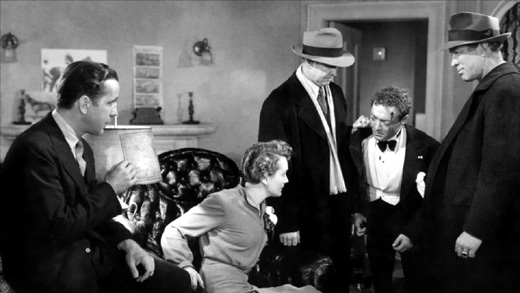Was Peter the Great a Romanov? Unraveling the Mysteries of Russia's Most Famous Tsar
Peter the Great, one of the most influential figures in Russian history, is often surrounded by a veil of intrigue and fascination. But the question remains……
Peter the Great, one of the most influential figures in Russian history, is often surrounded by a veil of intrigue and fascination. But the question remains: was Peter the Great a Romanov? This inquiry delves into the lineage of Peter I and his significant contributions to the transformation of Russia into a major European power.
Peter the Great, born in 1672, was indeed a Romanov, a dynasty that ruled Russia for over three centuries. The Romanovs came to power in 1613, following the Time of Troubles, a period of political chaos and foreign invasion. Peter was the son of Tsar Alexei Mikhailovich and Maria Miloslavskaya, making him a direct descendant of the Romanov lineage. However, his reign marked a pivotal departure from traditional Russian governance and customs, as he sought to modernize and westernize the country.

During his reign from 1682 until his death in 1725, Peter the Great implemented extensive reforms that transformed the Russian state. He was known for his ambitious efforts to modernize the Russian military, government, and culture, drawing inspiration from Western Europe. This included the establishment of the Russian Navy, the creation of new administrative divisions, and the introduction of new technologies and education systems. His efforts were not merely about governance; they were also about creating a new Russian identity that aligned more closely with European norms.
One of the most significant aspects of Peter's reign was his establishment of St. Petersburg in 1703, which he envisioned as a "window to the West." This new capital symbolized his desire to connect Russia with Europe and was built on land reclaimed from the Baltic Sea. The city became a cultural hub, showcasing Western architecture and art, and it served as a testament to Peter's vision for a modern Russia.

Despite his monumental achievements, Peter's reign was not without controversy. His reforms often met resistance from traditionalists who viewed his Westernization efforts as a threat to Russian culture and identity. Additionally, his autocratic style of rule and harsh punishments for dissent created a legacy that was both revered and reviled.
In conclusion, was Peter the Great a Romanov? The answer is a resounding yes. He was a member of the Romanov dynasty, but his legacy extends far beyond his lineage. Peter the Great's transformative impact on Russia shaped the nation into a formidable power and laid the groundwork for future leaders. His life and reign remain a subject of study and admiration, and understanding his role as a Romanov provides valuable insight into the complexities of Russian history.

As we continue to explore the life of Peter the Great, we uncover not only the story of a Romanov tsar but also the narrative of a nation striving for progress and identity in a rapidly changing world.